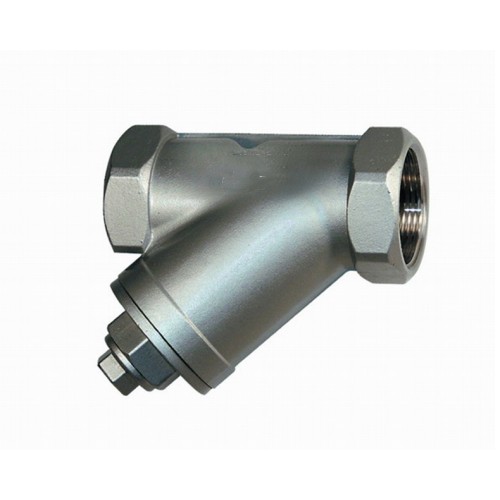flange check valve
Understanding Flange Check Valves Design and Functionality
Flange check valves are essential components in modern piping systems, designed to prevent the backflow of fluids while allowing free flow in one direction. Their strategic application in various industries, such as oil and gas, water treatment, and chemical processing, underscores their importance in maintaining system integrity and efficiency.
Design and Construction
A flange check valve typically consists of two primary parts the body, which houses the internal mechanism, and the flanged ends that facilitate easy installation into existing piping systems. The flanged design allows for secure mounting, providing stability and reducing the risk of leaks. Commonly made from materials like stainless steel, cast iron, or PVC, these valves can withstand various pressures, temperatures, and corrosive environments, making them suitable for diverse industrial applications.
Internally, flange check valves feature either a swinging disk or a lift mechanism. In a swing check valve, a hinged disk moves freely on a pivot, allowing fluid flow in one direction while closing off when back pressure occurs. Conversely, lift check valves use a disc that lifts off its seat when fluid flows in the correct direction and returns to its seat when the flow ceases. The choice between the two designs depends on the specific application and the characteristics of the fluid being transported.
Functionality and Applications
flange check valve

The primary function of a flange check valve is to prevent backflow, which can cause damage to pumps, reduce system efficiency, and introduce contaminants into the system. By allowing fluid to flow in only one direction, these valves help maintain the intended flow dynamics, ensuring that systems operate smoothly and effectively.
Flange check valves are commonly found in various settings, including water and wastewater treatment plants, where they help control the flow of treated water; in power plants, where they can prevent backflow in cooling water systems; and in chemical processing facilities, where they safeguard against hazardous material crossing over into unintended areas. Their use is critical in any system where backflow can lead to significant operational risks or safety hazards.
Installation and Maintenance
Proper installation of flange check valves is crucial to their effective operation. They should be placed in horizontal piping where gravity can assist in closing the valve during backflow situations. It's essential to align the flanges correctly and utilize appropriate gaskets to ensure a tight seal. Regular maintenance checks are also advisable to ensure that the internal mechanisms are functioning correctly and to inspect for wear or buildup that could impede operation.
Conclusion
Flange check valves play a pivotal role in various industries by ensuring the safe and efficient transportation of fluids. Their robust design, combined with straightforward installation and maintenance practices, makes them a favored choice among engineers and technicians alike. Understanding their function and applications is essential for any professional working with fluid systems, as it contributes significantly to the reliability and safety of piping infrastructures. As industries continue to evolve, the demand for effective flow control solutions like flange check valves will remain a critical component of engineering design and operational success.
-
Breakthrough in Domestic Low Temperature Valve Technology in ChinaNewsAug.18,2025
-
From Machinery to Intelligent Brain: The Digital Transformation Wave of the Valve IndustryNewsAug.18,2025
-
PCVEXPO 2025NewsAug.18,2025
-
The Key to Fluid Control: Exploring the Advantages of Ball Valves in Industrial SystemsNewsJul.09,2025
-
The Versatile World of 1, 2, and 3 Piece Ball ValvesNewsJul.09,2025
-
Stainless Steel Ball Valves: The Ideal Choice for Efficient Flow ControlNewsJul.09,2025
-
Optimizing Fluid Control with Ball Float ValvesNewsJul.09,2025




